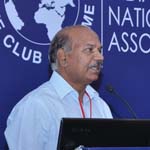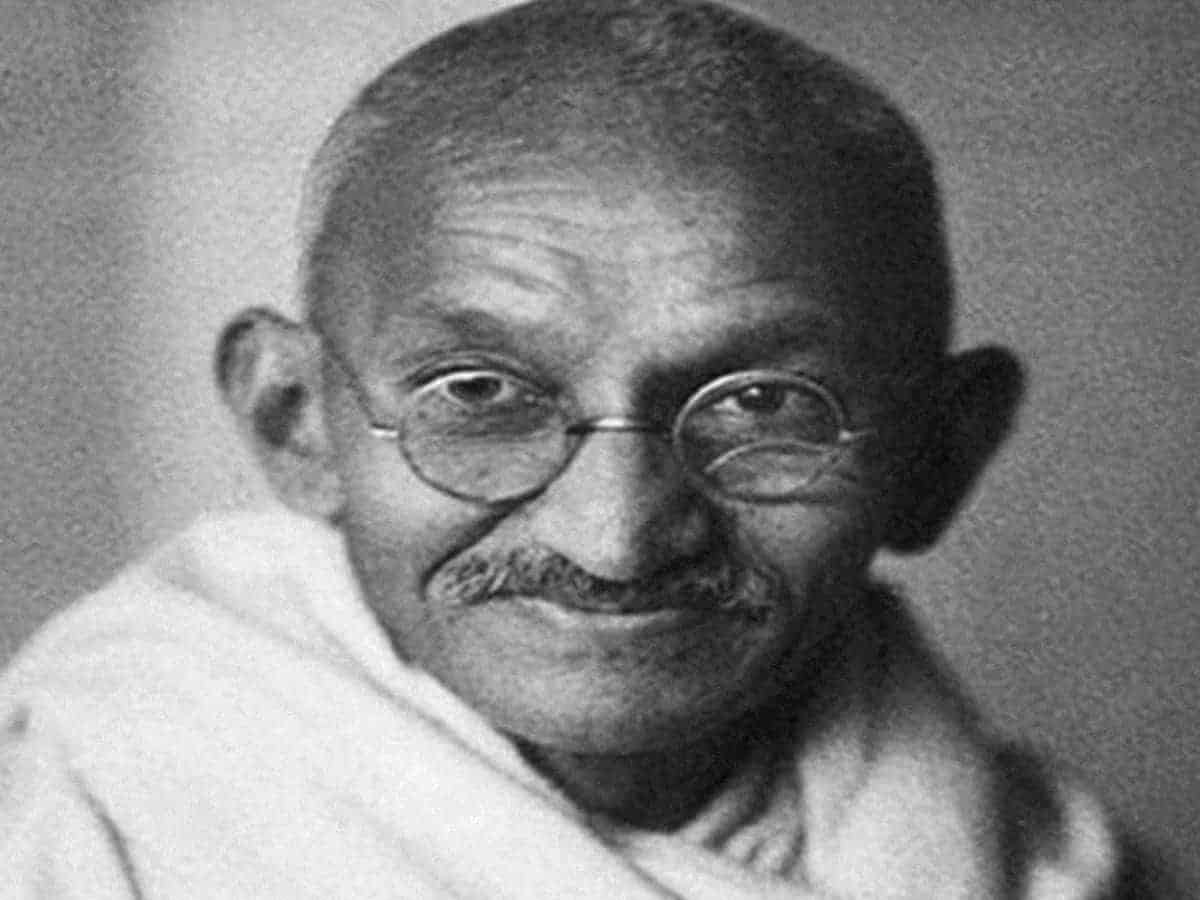
New Delhi: Spanish flu is referred to as the greatest medical holocaust in history as it claimed the lives of around 25 million worldwide. In India, 17 million are estimated to have died. In Africa, 2 percent of the entire population was wiped out
Mahatma Gandhi contracted the flu
Most of the following passages are from
a) “PANDEMIC 1918” by Catharine Arnold published in 2018,
b) The Spanish Influenza Pandemic of 1918–19, ed. Howard Phillips and David Killingray, Routledge Studies in the Social History of Medicine, Abingdon, Oxon: Routledge, 2003, Chapter on ‘Coping with the Influenza Pandemic: The Bombay Experience’ by Mridula Ramanna
Very few of us know that Gandhi our father of nation got it. His own daughter in law and her young son died to influenzas. Gandhi himself wrote to his son Harilal from hospital that his heart is at peace and so “I do not find going at all difficult” Gandhi ji was 49 then. Praja Bandhu magazine wrote “Mr Gandhi’s life does not belong to him – it belongs to India” in order to pressure doctors to do all in order to provide care and support to Gandhi ji.
Every few of us know these historical facts. It is important to re-call some of the facts written about this deadly influenza and what it has done to our country a century ago. It is also important that, history should not repeat due to negligence and complacency. Very few of Indians even aware that one estimate put that, then 6% of population, close to 2 crores of people died in that influenza. Shockingly there are parallels which are spine chilling. Some of them are:
- The first patient died in February 1918 in Haskell County, rural Kansas, USA. The Dr. Loring Miner, who treater her thought it was “knock me down fever”, a local slang for common cold which normally go away in two three days. That every fever, actually knocked the world killing at least 30 million people, some estimate even 100 million over year. Most of the deaths happened in 24 weeks.
- April 1918 from USA it reached France with US solders then part of world one.
Influenza in India
- First wave of Influenza reached Bombay (now Mumbai) on 10th June. J.A Turner, the colonial health officer of Bombay mentioned that “believed that the outbreak had originated with the crew of a ship that had docked in Bombay at the end of May (1918)” but whereas the Colonial Government blamed it on poor sanitation of Indians.
- The death rate in Bombay climbed to 239 by 3rd July 1918. Times of India wrote “nearly every house in Bombay has some of its inmates down with fever and every office is bewailing the absence of clerks”
- Within four weeks in June a total of 1600 people died in Bombay and ‘at least a million working days, an incalculable amount of discomfort, expense and inconvenience’. The epidemic was confined to those working indoors, in offices and factories. The sickness rate in offices and mills was Europeans 25 per cent, Indians 33 per cent, and children 55 per cent.” Children were part of the workforce then in colonial time. Turner, the medical officer of Bombay reported to have said ‘like a thief in the night, its onset rapid, and insidious”
Mahatma Gandhi survived but nation paid heavy price
- Mahatma Gandhi got and survived but not his daughter in law and her young son. “Another famous leader almost perished at the hands of the Spanish Lady on 2 October 1918. Following the death of his daughter-in-law and her young son from influenza, the forty-nine-year-old Mahatma Gandhi began to show symptoms of the disease. Spanish flu also raged in the Sabarmati Ashram, Ahmedabad, where Gandhi had retreated for meditation and prayer. By the time Gandhi had been admitted to hospital in Bombay awaiting an operation for boils and suffering from dysentery, he was refusing all treatment. Unlike the majority of patients, Gandhi had resigned himself to his imminent death.”
- Gandhi survived the Spanish influenza and he wrote ““Even after we feel that we have recovered, we must continue to take complete rest in bed and have only easily digestible liquid food. So early as on the third day after the fever has subsided many persons resume their work and their usual diet. The result is a relapse and quite often a fatal relapse”
Hooghly River was choked with bodies
- “The Associated Press reported that the Hooghly River was ‘choked with bodies’, and ‘streets and lanes of India’s cities are littered with the dead. Hospitals are so choked, it is impossible to remove the dead to make room for the dying. Burning ghats and burial grounds are literally piled with corpses”
17 million people died of Spanish flu in India
- The Government of India then report stated “Typically of Spanish flu, the disease was fatal among the ten to forty age group, and more women died than men. In total, around 17 million people died of Spanish flu between June and December 1918. Bombay suffered terribly. Between 10 September and 10 November 1918, the total mortality was 20,258. This was made worse by the failure of the south-west monsoon and resultant crop failure. As a consequence, Bombay had to cope with an influx of migrants from districts suffering from ‘scarcity and dearness of food’.
Ahmedabad: Highest mortality among lower castes
- In Ahmedabad, 3,527 died, the highest mortality being among the lower castes, who were both ‘poor and underprivileged”
These are really shocking, it is difficult to believe that this happened in India. But it was global like what is going on. It did not spare any country.
Is virus done with humans in 2020?
The answer is probably not yet. It is summer, hope the summer of 1918 is not going to repeat even in tiny way. But we need to be cautious, what that means?. At least we need to be aware and do whatever we can do, whatever little to protect us and protect others. This is not the time for political mileages or pointing the figures. We can’t change fundamentals of our governance or politics. As civil society, we all need to at least prepare in small way, in tiny way to make difference. No matter how much we are critical of what is going on, probably, it is not going to help. Similarly no matter how much look back into history, it might not help. History should be helping to deal with current situation than scaring or de-moralising. But we need to at least be aware, what the worst possible scenario might be. This is to do our own small contribution in reducing the pain and suffering of fellow human beings. Communities need get together to protect, support and comfort each other. In India it is very important, no matter what our critism may be, it is highly unlikely that our institutions will significantly improve in short notice. We need to give support to our medical staff, we need to encourage them in what they are doing. This is not the time to be critical of their shortcomings. The big question is can each one of us do something. Probably we can.
By Biksham Gujja (gujjab@gmail.com)



